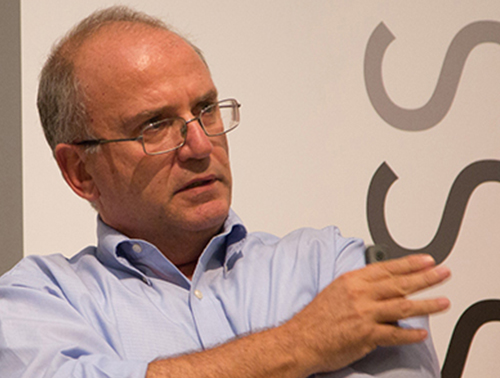Morphology
Cognitive, Affective, and Social Functions of Space
Studies in morphology aim to understand how the built environment is shaped in accordance with human cognitive abilities and affective responses in order to make social organization viable. The work involves development of theories and analytical techniques for describing spatial configuration of buildings, neighborhoods, and settlements. Georgia Tech is recognized for pioneering work on a particular approach in this area called Space Syntax.
SPACE SYNTAX is a descriptive theory of the perceptual and functional affordances of inhabited space that are relevant to its cognitive and social intelligibility, thus to its planning, design and use. The theory offers a framework to quantify aspects of spatial relationships embedded in buildings and cities.
The theories and techniques thus developed contribute to a range of interdisciplinary studies: spatial cognition in buildings; the management and organization of work; informal learning in museums; the impact of spatial layout of homes on mental health and well-being, and studies in design cognition and design formulation. These theories and techniques also apply at the scale of cities and settlements, contributing to topics like the interaction of street connectivity, land use and patterns of movement in cities, cognition of urban environments, and urban morphology (see Spatial Morphology). Interpretive studies of specific architectural works are yet another area of operation for morphology (see Interpretation and Analysis).
Questions?
Contact Us


